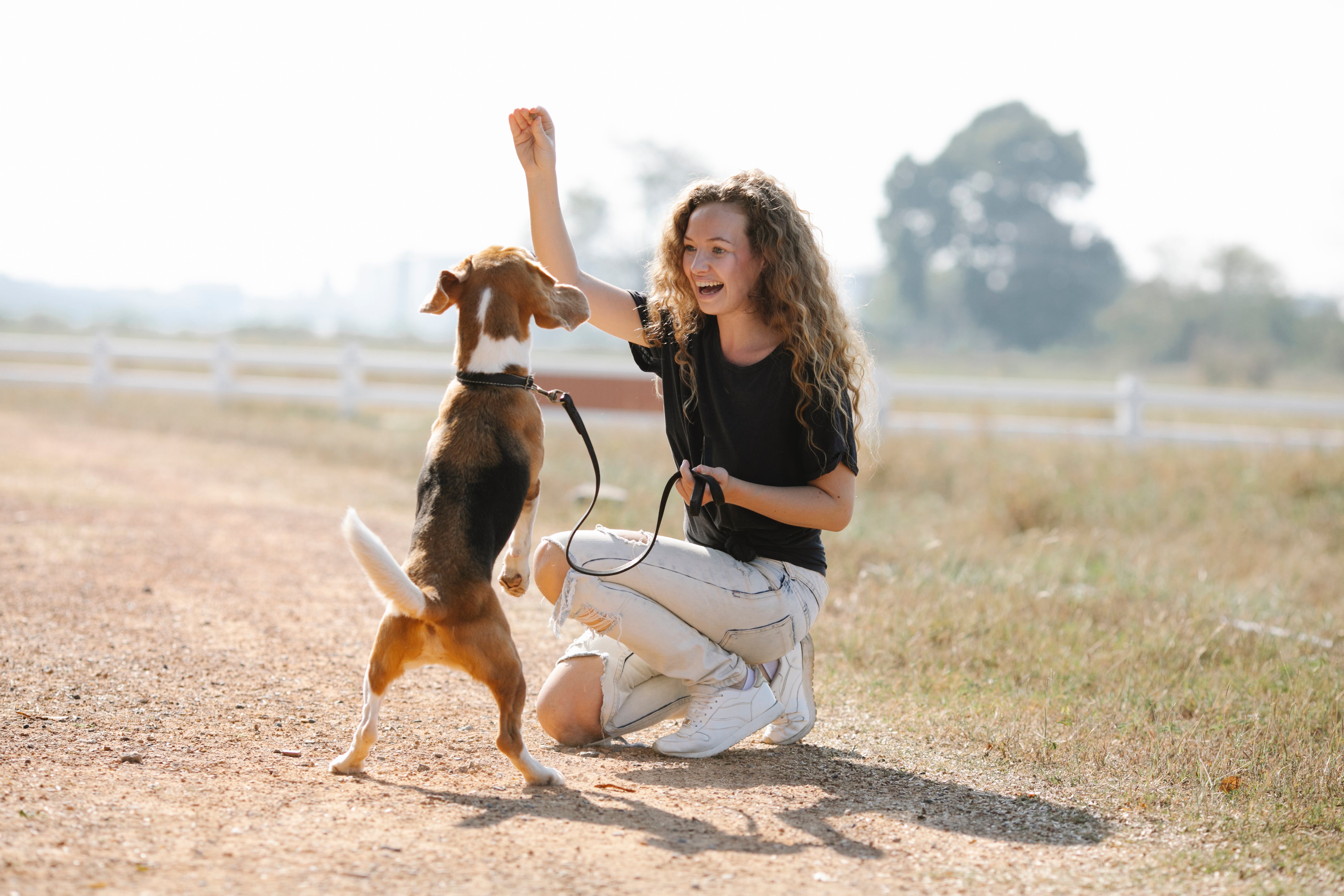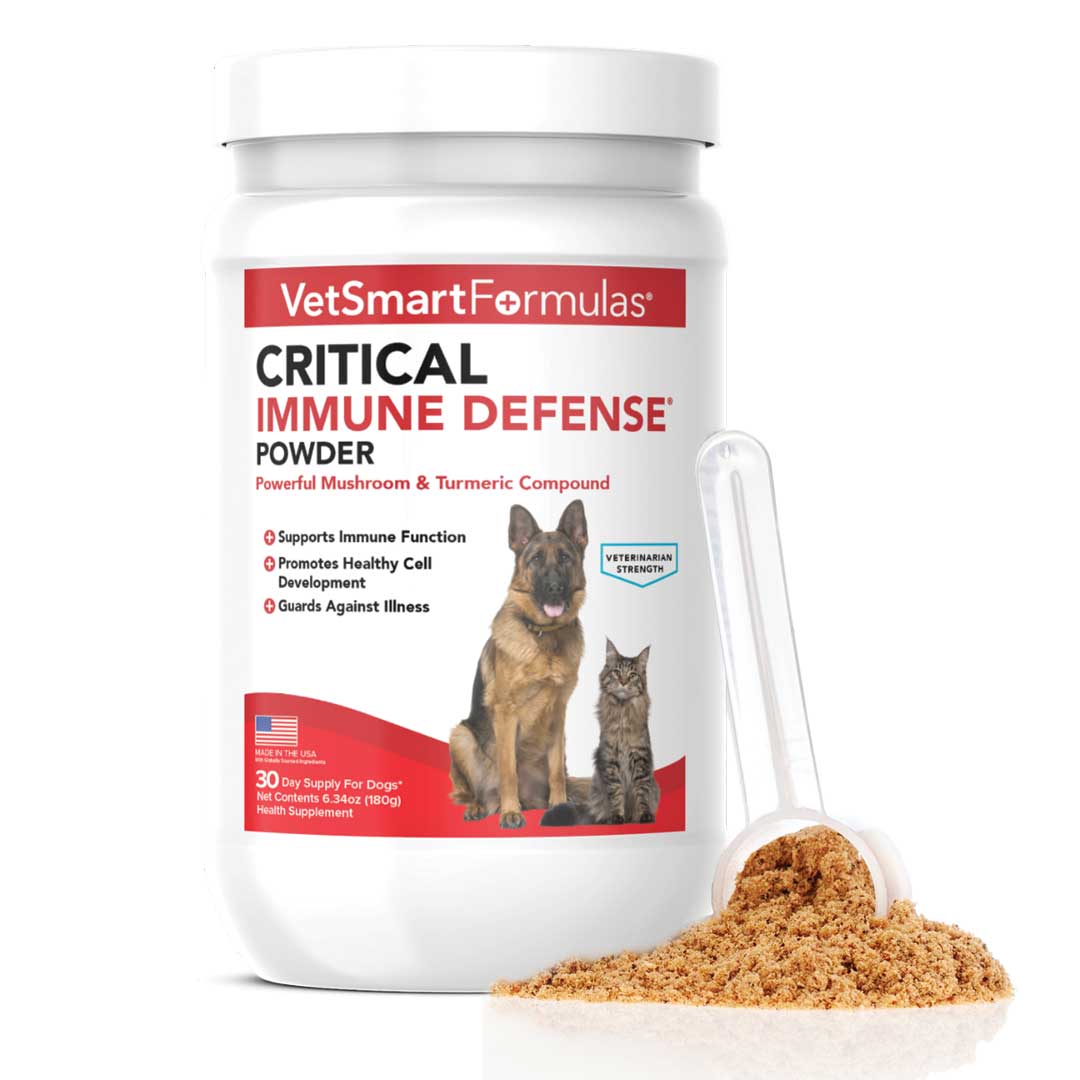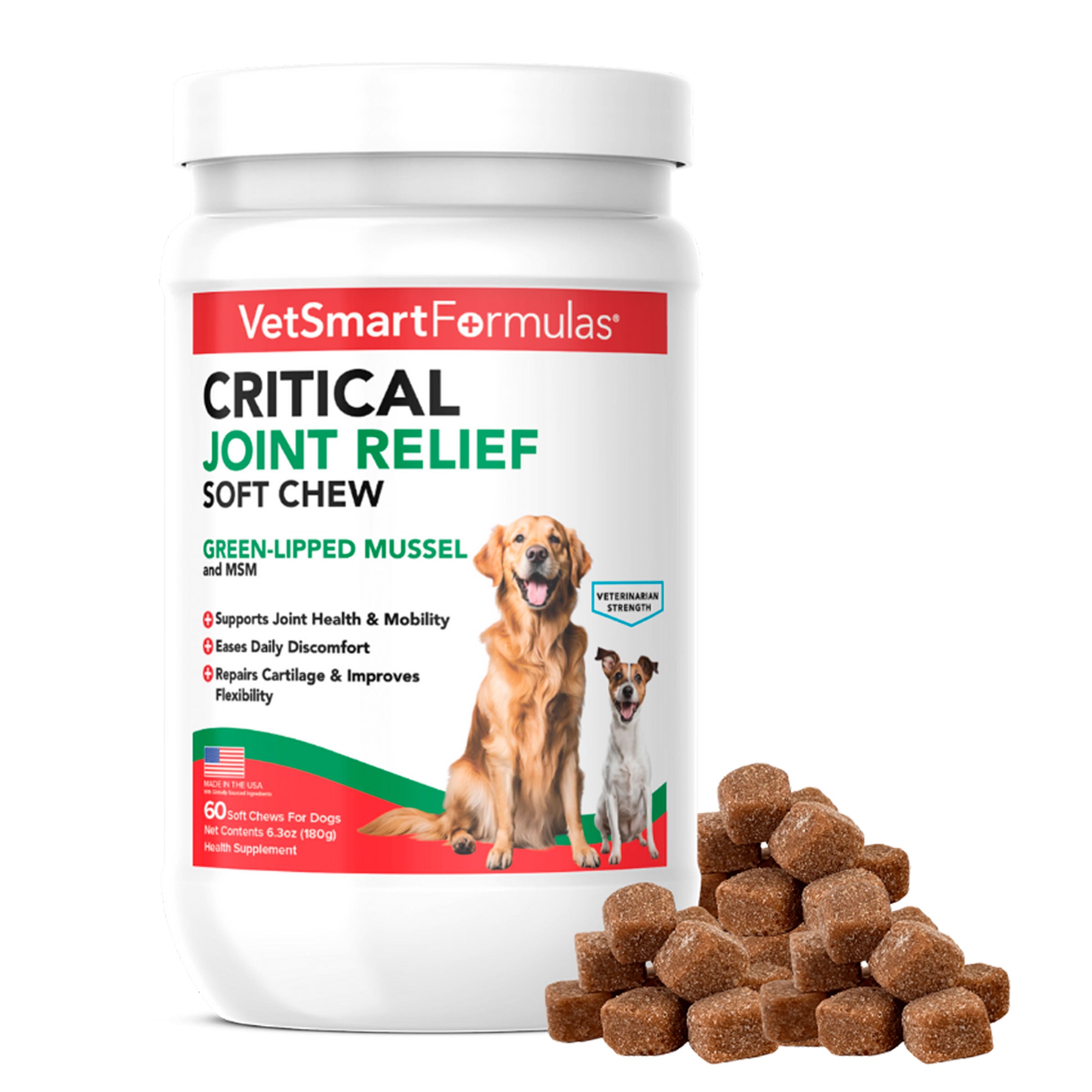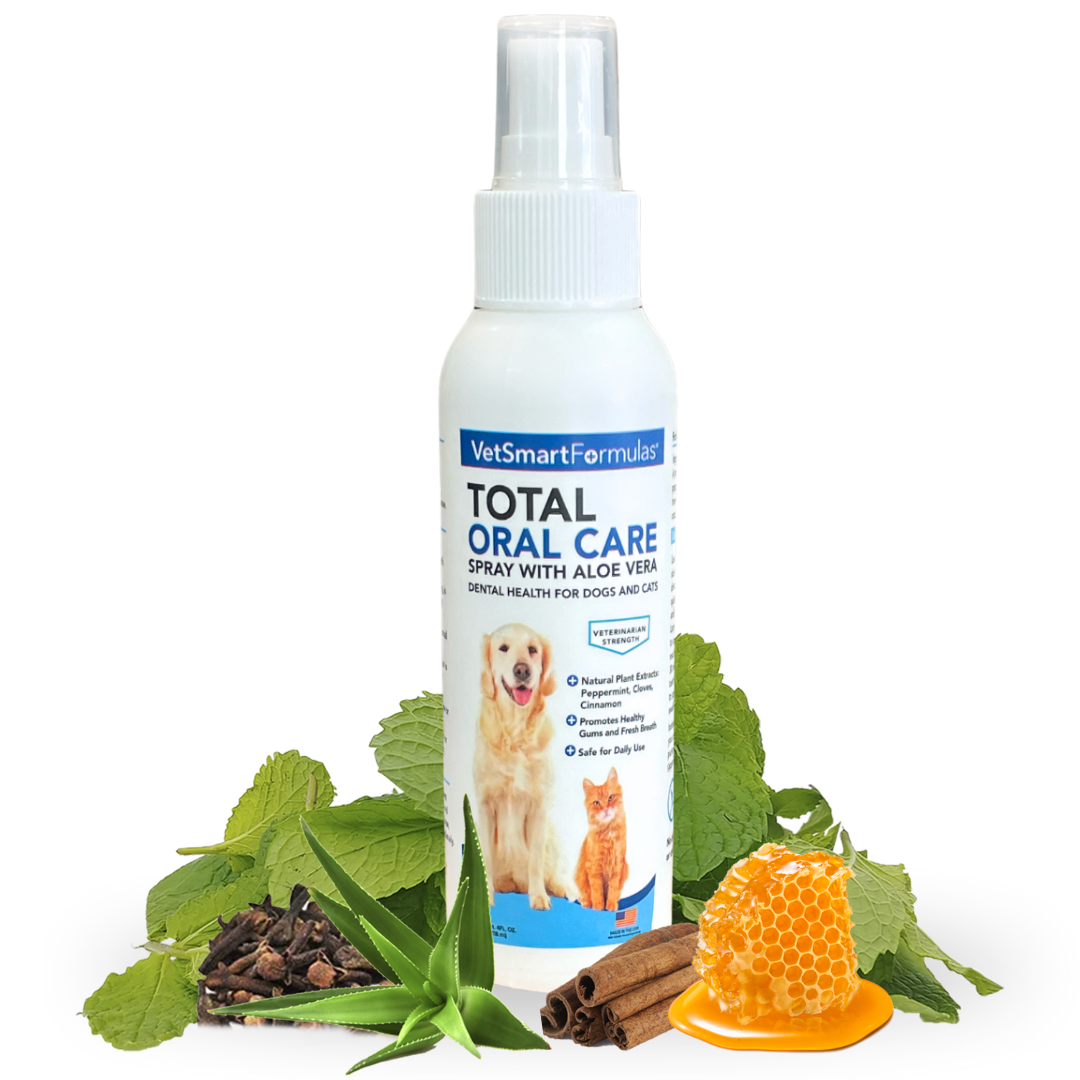Let’s explore the common signs and symptoms that may indicate arthritis in dogs. Arthritis is a prevalent condition in older dogs, and it can greatly affect their quality of life. This post aims to help dog owners recognize the early warning signs and understand when it may be time to seek veterinary care for their furry companions.
We discuss various physical and behavioral indicators of arthritis, such as limping, stiffness, difficulty in jumping or climbing stairs, changes in appetite, and decreased activity levels. By familiarizing themselves with these signs, readers will be empowered to take proactive measures to manage their dog's arthritis and provide them with appropriate treatment and care.
Introduction
Arthritis is a common condition that affects dogs, especially as they age. It can cause significant discomfort and reduce their overall quality of life. This blog post aims to educate dog owners about the signs and symptoms of arthritis so that they can provide timely care and support to their furry companions.
Understanding Arthritis in Dogs
What is arthritis?
Arthritis is a degenerative joint disease that causes inflammation and pain in the joints. It can affect any dog, regardless of breed or size. Arthritis occurs when the protective cartilage that cushions the joints wears down over time, leading to joint damage and discomfort. Unfortunately, there is no cure for arthritis, although there are methods to delay the onset of arthritis and minimize the inflammation and pain once it sets in.
Causes of arthritis in dogs
There are several factors that can contribute to the development of arthritis in dogs. These include genetic predisposition, obesity, previous joint injuries, and certain medical conditions such as hip dysplasia or autoimmune diseases.
Risk factors for developing arthritis
While arthritis can affect dogs of all ages, certain factors increase the risk of developing the condition. These include advanced age, obesity, breed-specific predispositions, and a history of joint trauma or surgery.
Signs and Symptoms of Arthritis in Dogs
- Lameness or limping: Limping or favoring a particular leg is one of the most common signs of arthritis in dogs. The pain and inflammation in the joints make it difficult for them to bear weight on the affected limb.
- Difficulty getting up or lying down: Dogs with arthritis may have trouble getting up from a lying position or lying down comfortably. They may take longer to rise or exhibit stiffness and discomfort during the process.
- Stiffness and decreased range of motion: Arthritis can cause stiffness in the joints, making it challenging for dogs to move freely. They may have a reduced range of motion and appear less flexible than before.
- Reluctance to exercise or play: Dogs with arthritis may show a decreased interest in physical activities they once enjoyed. They may be less inclined to play, go for walks, or engage in activities that require joint movement.
- Swelling or heat in the joints: Inflammation in the joints can lead to swelling and increased warmth in the affected area. Dog owners may notice visible swelling or feel excessive heat when touching the joints.
- Changes in behavior or mood: Arthritis can cause dogs to become irritable, anxious, or depressed. They may display changes in behavior, such as aggression or reluctance to interact with family members or other pets.
- Weight gain or loss: Due to reduced activity levels and discomfort, dogs with arthritis may experience weight fluctuations. They may gain weight as a result of decreased exercise or lose weight due to a decrease in appetite.
Diagnosing Arthritis in Dogs
Veterinary examination
If dog owners suspect their pet has arthritis, a visit to the veterinarian is essential. The vet will perform a physical examination, assess the dog's medical history, and evaluate their gait and range of motion.
X-rays and imaging tests
X-rays and other imaging tests may be recommended to visualize the joints and assess the extent of joint damage. These tests help confirm the diagnosis and determine the severity of the arthritis.
Joint fluid analysis
In some cases, the vet may recommend a joint fluid analysis, also known as arthrocentesis. This procedure involves extracting a small sample of joint fluid for further analysis to rule out other conditions and provide additional insights into the arthritis.
Treatment Options for Arthritis in Dogs
- Various medications, such as nonsteroidal anti-inflammatory drugs (NSAIDs), may be prescribed to manage pain and reduce inflammation in dogs with arthritis. These medications help improve their comfort and mobility. While NSAIDs are helpful, these are typically prescription medications that have side effects when used over longer periods.
- Maintaining a healthy weight is crucial for dogs with arthritis. Excess weight puts additional strain on the joints, worsening their condition. A balanced diet and regular exercise can help dogs achieve and maintain a healthy weight.
- Physical therapy and targeted exercises can help improve joint flexibility, strengthen the surrounding muscles, and alleviate pain. Techniques such as hydrotherapy, massage, and controlled movements can be beneficial for dogs with arthritis.
- Supplements such as green-lipped mussel, glucosamine, and chondroitin may provide relief for dogs with arthritis. These substances are natural, safe to use with pets, and well-researched to help support joint health and reduce inflammation.
- Some dog owners opt for alternative therapies such as acupuncture, laser therapy, or herbal remedies to manage arthritis symptoms. While these treatments may provide some relief, it's crucial to consult with a professional and ensure they are safe and suitable for the dog's condition.
Preventing and Managing Arthritis in Dogs
Preventive measures
While arthritis may not always be preventable, certain measures can help reduce the risk or delay its onset. Providing a balanced diet, regular exercise, appropriate supplements, and maintaining a healthy weight can promote joint health and reduce the likelihood of developing arthritis. There are high-quality “early stage” joint supplements that are specifically formulated for pets who have mild forms of arthritis and joint issues or are used to prevent such challenges before they arise.
Lifestyle modifications
Modifying the dog's environment and daily routine can help manage arthritis symptoms. Providing comfortable bedding, using ramps instead of stairs, and avoiding activities that put excessive strain on the joints can improve their overall comfort and well-being.
Regular check-ups with the veterinarian
Regular veterinary check-ups are essential for monitoring the dog's arthritis and adjusting treatment plans as necessary. The vet can recommend additional interventions or modifications based on the dog's condition and response to treatment.
Conclusion
By being aware of the signs and symptoms of arthritis in dogs, dog owners can take prompt action to ensure their pets receive the necessary care and support. Early detection and appropriate management can greatly improve the dog's quality of life and alleviate discomfort. Give your dog our Early Stage Hip + Joint Complex to prevent issues, or our Advanced Stage Hip + Joint Complex to help manage existing symptoms and let your furry friends live their best lives!











